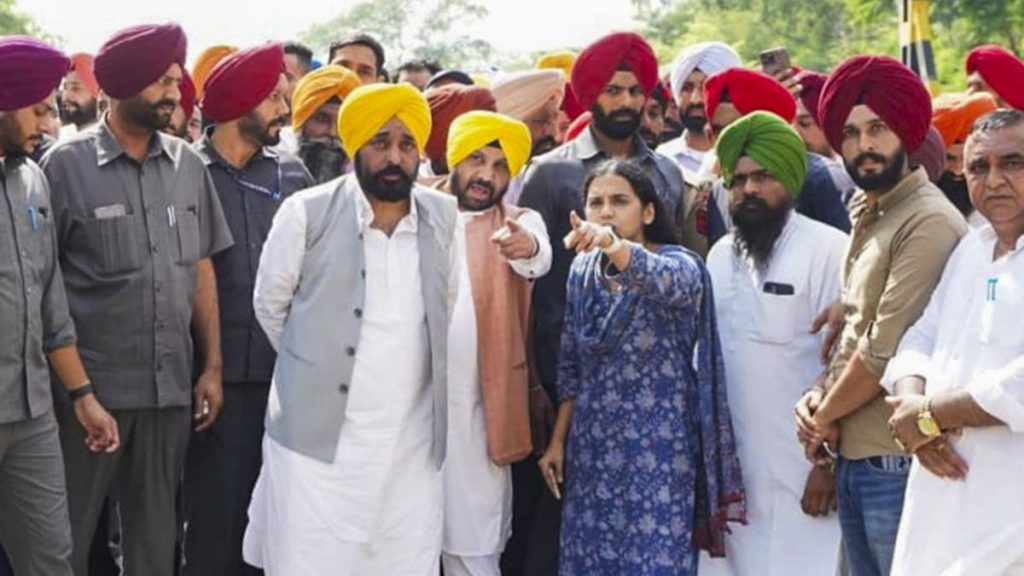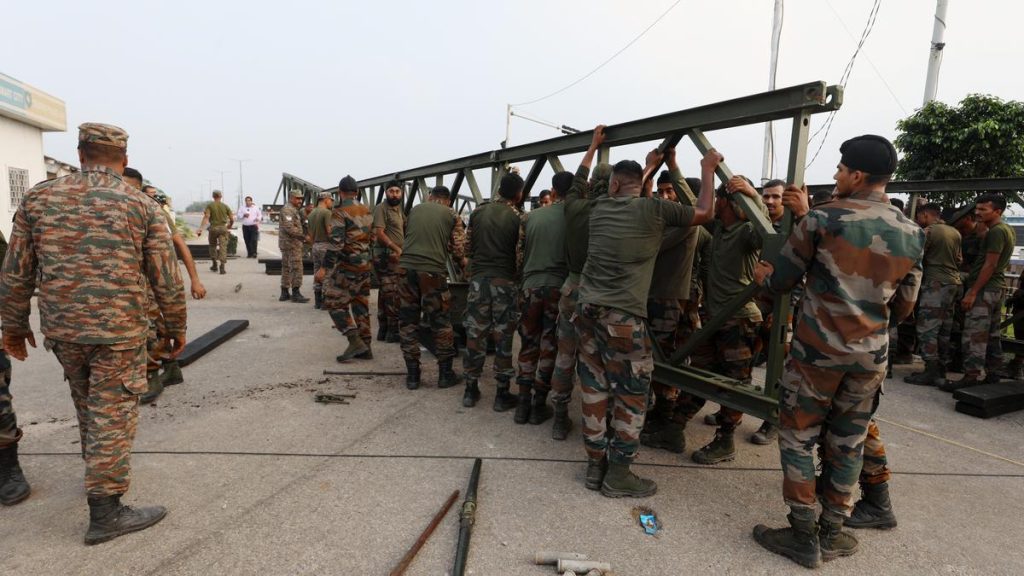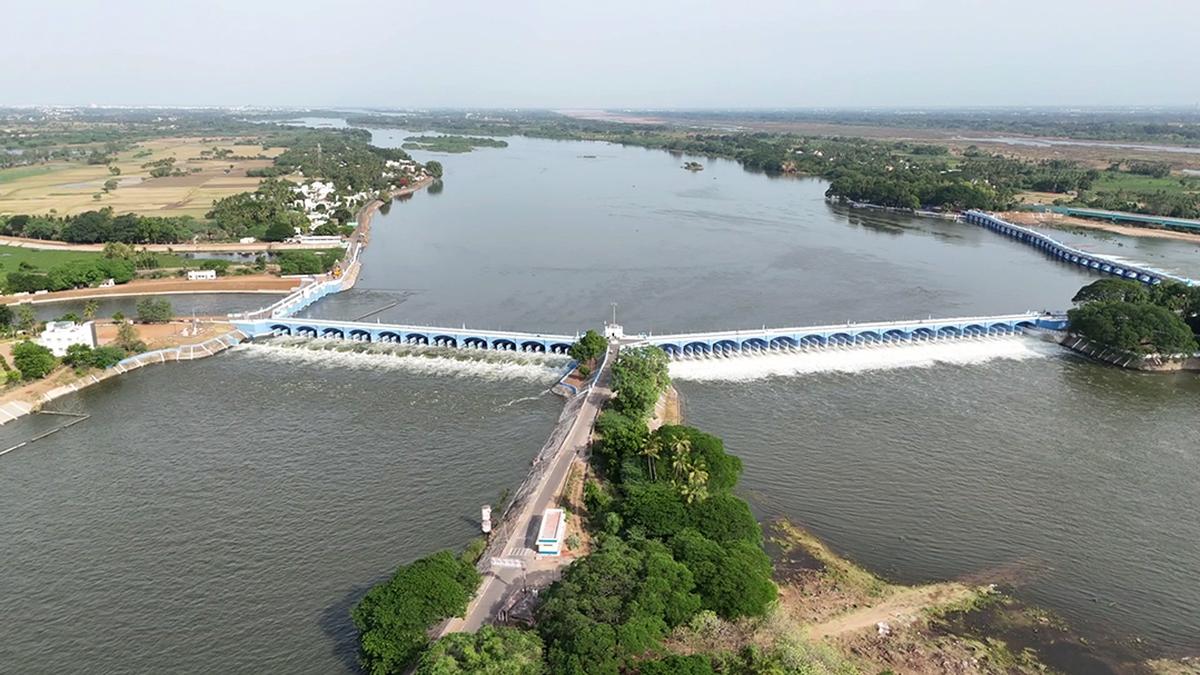Now Reading: Air India Flight AI171: Unraveling the Ahmedabad Crash
-
01
Air India Flight AI171: Unraveling the Ahmedabad Crash
Air India Flight AI171: Unraveling the Ahmedabad Crash
Speedy Summary:
- Cause of Crash: Air India Boeing 787-8 crashed on June 12, 2025, in Ahmedabad due to a sudden transition of fuel cutoff switches from RUN to CUTOFF position three seconds after liftoff, leading to engine power loss and shutdown.
- casualties: At least 260 people died, including 19 individuals on the ground.
- Preliminary Report: The Aircraft Accident Investigation Bureau (AAIB) disclosed findings on July 11, detailing the sequence of events leading to the crash.
– Pilots were heard questioning each other regarding the fuel cutoff switches during flight moments before losing thrust.
– Ram Air Turbine was deployed as a backup system but failed to prevent disaster.
– A mayday distress call was issued at approximately 1:39 p.m., followed by no further interaction until impact.
– Black box recording ceased at 1:39:11 p.m.; rescue operations began shortly afterward at around 1:44 p.m.
Images included:
!1200/AirIndia2.jpg”>Aircraft emergency deployment visual
Indian Opinion Analysis:
The tragic crash underscores critical safety and operational challenges in aviation systems. While AAIB’s preliminary report reveals technical anomalies such as unexplained fuel switch transitions and subsequent engine failure, it raises deeper questions regarding human-machine interaction during emergencies. This includes pilot coordination under duress and protocol for automated systems handling unexpected issues.
For India’s aviation industry-expanding rapidly with increased domestic and international traffic-the incident highlights an urgent need for rigorous scrutiny into aircraft maintenance standards, crew training efficacy for crisis scenarios, and adaptive technology protocols responsive to system failures.Besides immediate focus on rectifying Boeing-specific vulnerabilities identified here, stakeholders may seek systemic reforms aimed at improving fail-safe mechanisms across air fleets operating nationally.Ultimately,ensuring robust preventive measures can help avert future tragedies while safeguarding India’s reputation within global civil aviation networks.























